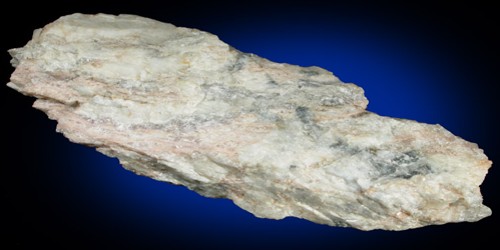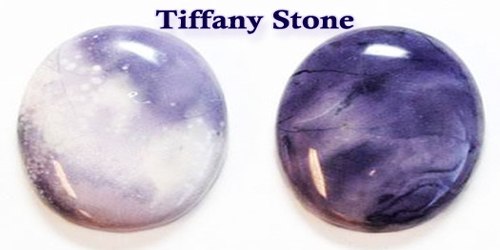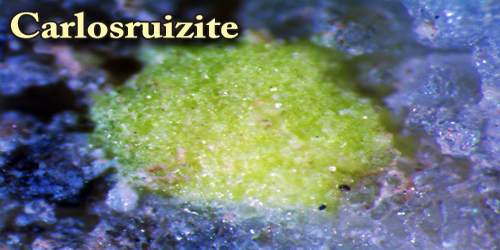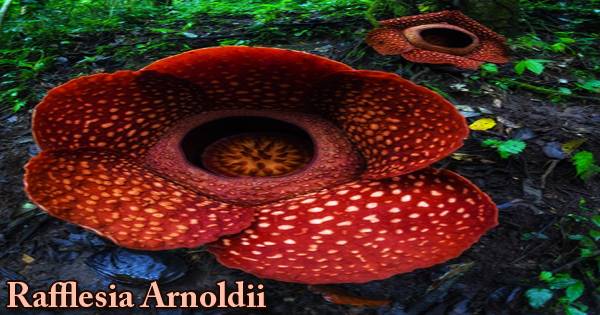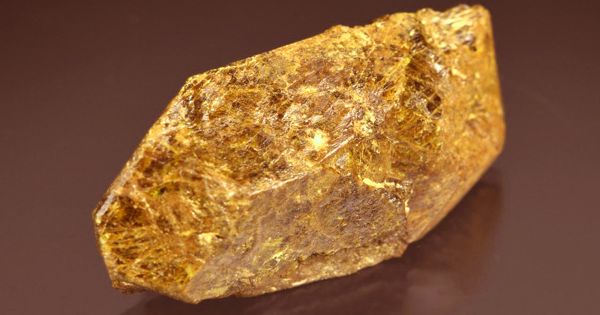Halloysite is an aluminosilicate clay mineral with the empirical formula Al2Si2O5(OH)4. It is a monoclinic-domatic mineral containing aluminum, hydrogen, oxygen, and silicon. Its main constituents are aluminum (20.90%), silicon (21.76%) and hydrogen (1.56%). It was first described in 1826 and named after the Belgian geologist Omalius d’Halloy.
General Information
- Category: Phyllosilicates (Kaolinite-serpentine group)
- Formula: Al2Si2O5(OH)4
- Crystal system: Monoclinic
- Crystal habit: Spherical clusters, massive

Fig: Halloysite – aluminosilicate clay mineral
Properties
Halloysite typically forms by hydrothermal alteration of alumino-silicate minerals. It can occur intermixed with dickite, kaolinite, montmorillonite and other clay minerals. X-ray diffraction studies are required for positive identification.
- Color: White; grey, green, blue, yellow, red from included impurities.
- Cleavage: Probable on {001}
- Fracture: Conchoidal
- Mohs scale hardness: 2-2.5
- Luster: Pearly, waxy, or dull
- Diaphaneity: Semitransparent
- Specific gravity: 2-2.65
- Optical properties: Biaxial
Occurrences
The formation of halloysite is due to hydrothermal alteration, and it is often found near carbonate rocks. For example, halloysite samples found in Wagon Wheel Gap, Colorado, United States are suspected to be the weathering product of rhyolite by downward moving waters. In general, the formation of clay minerals is highly favored in tropical and sub-tropical climates due to the immense amounts of water flow.
Halloysite occurs primarily in recently exposed volcanic-derived soils, but it also forms from primary minerals in tropical soils or pre-glacially weathered materials. Igneous rocks, especially glassy basaltic rocks are more susceptible to weathering and alteration forming halloysite.
Information Source:
